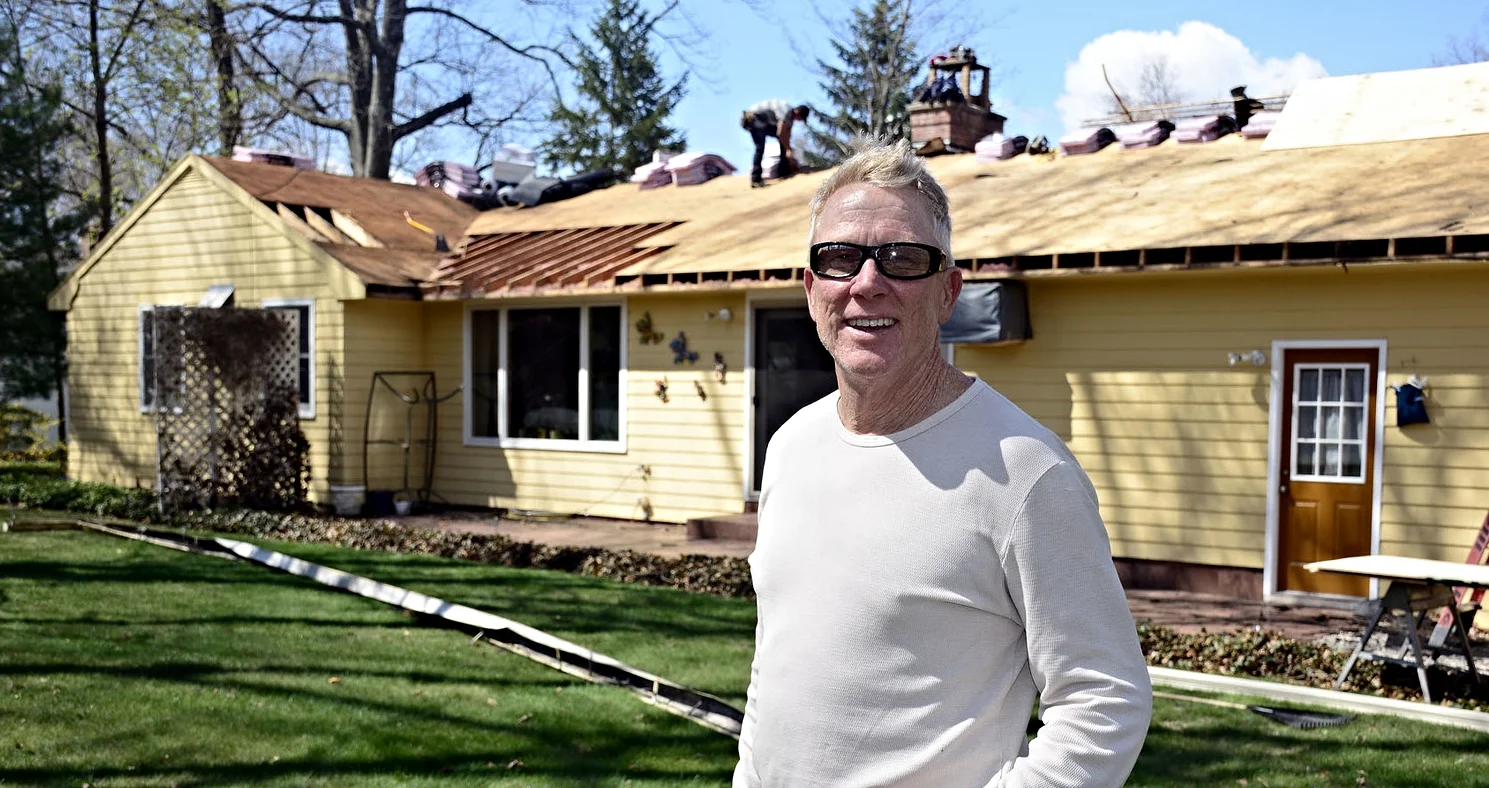A Quick Guide to Christmas Tree Varieties
Chelsea O'Donnell
With so many beautiful Christmas trees to choose from, it can be hard to pick a style and species to suit a family’s home and unique needs. You might not know that some trees are better for kids while others are great for people with allergies. Yet other varieties are good for certain types of heat and can withstand warmer, dryer temperatures for longer. So without further ado, here is my list of the top trees that you’ll find at your local farm or stand, and some of the key differences to help you find your perfect match.
Balsam Fir
One of the most popular picks for Christmas is a balsam fir, which is loved for its sturdy needles, bright green color, strong scent, and beautiful shape. Because of its popularity, the balsam fir is also one of the more affordable options of all the different tree types. You can’t go wrong with this classic, which grows strong and lasts long. Plus, like most firs, it’s hypoallergenic too.
White Pine
This is another winner but for a much different reason than the balsam. White pines are loved by families for their super soft texture and touchable needles. They can grow very large and they are also inexpensive, which makes them the choice tree for many people with young children. One thing to note about this species is that those soft needles grow from delicate branches, so only go this route if you have lightweight ornaments.
Douglas Fir
Though called a fir, the Douglas is actually a species all its own. While grown mainly in the Northwest region of the United States, this tree is popular all over the country because it’s tough enough to withstand early cutting and lots of traveling. The needles are soft with a sweet fragrance and the shape is conical, making it easy and fun to decorate without too much precision.
Blue Spruce
The color of this tree makes it the hero of any holiday decor. Those beautiful bluish needles are easy to fall in love with, but decorator beware - those babies are sharp! If you have a good set of gloves, they will be well worth using to get this tree in place. But once it’s decorated, you can rest easy as pets tend to keep their distance.
Concolor Fir
The concolor is a favorite in my house because it has all the wonderful characteristics of the fir species - great shape, good color, strong branches, and long needles. The difference is the smell. Unlike most Christmas trees, this variety offers a beautiful citrus scent, keeping the house bright and fresh smelling through the holidays.
What type of tree does your family love? Is there one I have missed that makes its way into your house year after year? I’d love to hear from you - shoot me a message on Facebook at facebook.com/odonnellbros.
Bob O’Donnell is the owner of O’Donnell Bros. Inc., a Bristol-based home improvement company established in 1975. Email your questions to info@odonnellbros.com with the subject line “Ask the Pro.” All questions may be considered for publication. To contact Bob for your remodeling needs, call O’Donnell Bros. Inc. at (860) 589-5155 or visit http://www.odonnellbros.com. Advice is for guidance only.
